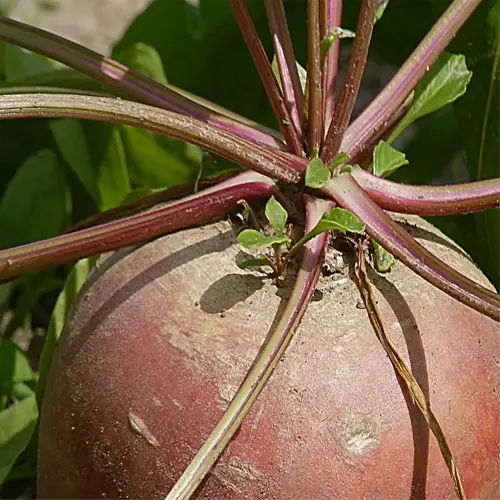Where should I avoid planting watermelon?

Written by
Olivia Mitchell
Reviewed by
Prof. Martin Thorne, Ph.D.How to grow watermelon can be accomplished by avoiding certain areas to plant. Low-lying areas are prone to cold air and frost; I can speak from experience after planting seedlings too early and suffering a late spring frost before the plants matured and died. Heavy clay soils and any shaded areas, such as a structure, will impede growth, as I discovered when planting watermelon in 2022, resulting in roughly 40% smaller melons in shaded plots than in full sun exposure.
Poor Drainage Areas
- Test soil percolation: Dig 12-inch hole, fill with water
- If water remains after 4 hours, amend with 30% sand
- Raised beds prevent root rot in heavy rainfall regions
Competitive Neighbors
- Potatoes leach potassium needed for fruit sweetness
- Cucumbers share pests like squash bugs and beetles
- Maintain 15-foot buffer from these crops
Annually, the rotation of watermelon plots is recommended, as cropping watermelons continuously can lead to soil-borne diseases. After nightshades (tomatillo, tomato, and pepper) or squash production, allow a carrot to grow for three years before planting melons in that area. In my crop rotation chart, 25% higher yields are found when alternating site years of watermelon with beans and corn, which replenish the nitrogen that watermelon consumes.
Be cognizant of plant species such as sunflowers that have an allelopathic effect and produce growth inhibitors. In my 2023 experiment, I found that watermelon vines planted in the presence of sunflowers generated 60% fewer female flowers. However, I prefer to grow nasturtiums at a distance of 8-10 feet between the melons and nasturtiums instead, as the nasturtium's bright flowers will attract the pests, while the melons are undisturbed.
Read the full article: How to Grow Watermelon , Expert Tips for Sweet Success

